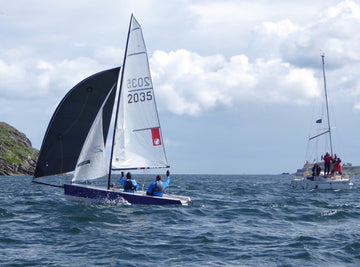2000 - an easy boat to sail, a hard boat to sail fast!
This blog aims to pass on the tips and lessons learned whilst trying, and finally winning, a 2000 National Championships.
If I have not bored you with the story of why Sarah and I became 2000 sailors, let me do it again. Sarah had ruptured her achilles whilst running for a trolley on the slipway at Rutland - watch out for the change of slipway width! When she had finally come out of the incline boot, the 2000 seemed to be a nice and safe environment to get back on the water. If you had asked me if I thought the 2000 fleet was tough and the boat was nice to sail before I had sailed one, the answer would probably have been no. I was wrong on both counts. The boat is comfortable and pleasing to sail well and the fleet has some very talented sailors.
The Nationals this year were in North Berwick hosted by East Lothian Yacht Club, and it fitted with the many other plans this year. I had sailed the Solo Nationals at North Berwick and we had found it to be super welcoming so we had it planned very early in the calendar. The evening walks were definitely worth the drive.
East Lothian Yacht Club excelled themselves again with a terrific team to ensure the event was the #bestregattaever! The race officer was excellent, a real seat of the pants sailor who could weigh up the tactics of the first beat to tease the sailors into some head scratching.
But the reason for this post is not to sell you why East Lothian Yacht Club is the best regatta site ever, but to pass on some of our 2000 racing tips whilst they are still in my head.
The most applicable phrase about 2000 sailing is that it is an easy boat to sail, but a hard boat to sail fast. We finally got it sorted and won the Championships, but it was never easy.

2000's can get exciting. Photo by Eric Robertson
The lessons learned along the way:
- Never sit too far back downwind unless it's so windy you shouldn't really be racing. Some fast crews really do not leave the shroud. I know that is counter to normal sailing principles, perhaps it's because the hull is largely flat with a small kick up at the transom, so keeping forward uses the flat area to promote planing
- Tackline of the gennaker can by eased out in light winds by as much as 5 inches. Then heel the boat to windward to bring it from behind the mainsail. You might like an adjustment on this line, tightening it as it gets windy
- Gennaker head can be eased out by as much as 5 inches in light winds and perhaps as little as 2 inches in strong winds. The gennaker is rather small so the further away from the rig it can get the better
- Centreboard should be able to go nearly flush with the top of the case. Replace the thick rope on the handle with some thin rope so you can achieve this. Do not push the board lower as this may damage the case. The science behind this is that the rig has been thrown over the bow of the boat to help speed up the downwind performance, so the centreboard then needs to move forward to promote some weather helm to help encourage you to keep the boat flat. No weather helm and you can be happy sailing heeled over, but that is very slow
- Downwind in light winds sit as far forward as you can and try to promote some windward heel. Ease the kite to allow the now eased tack and head to help the kite to float out from behind the mainsail and soak (nearly running) as much as possible. You can also pull the centreboard up too as long as you are far enough forward as the centre of effort of the boat will move forwards with your weight allowing you to pull the board up almost completely. In this situation the helm is the balance. I actually found it hard to keep the windward chine in the water and was asking Sarah to sit more away from the mast. I was on the centre line which felt quick
- Always use the jib on the most aft car position
- The mast rake of 6570mm worked for me, measured from the top of the aft top gudgeon but with a shroud tension of just 150lbs. See my notes below on mast set up
Mast set up.
There are three schools of thought on the mast set up in the fleet. My set up was based on Jasper Barnham's set up for the mast, apparently he was a Firefly sailor which makes sense. To add some extra downwind pace we raked further forward, my spreaders were out and forward from neutral position. I had to use the mainsheet to keep the jib luff tight upwind and was not worried when I had to ease the mainsheet and add kicker to keep the boat flat. We were using the old Holt Allen mast.
Simon Horsfield set up; Selden mast, spreaders neutral so he can use more rig tension, but pushed out for more power.
Richard Hudson set up; Selden mast, no deflection on spreaders, neutral both fore and aft and out. The advantage of this set up is that you can use lots of rig tension and still get gust response.
Despite our three very different set ups we were all fairly similar speeds in the moderate winds.
Modifications to keep the crew happy.
- Change the toe straps
- A pair of adjustable Selden Auto Ratchets - do adjust the tension they work at with the small Allen key, they are surprisingly light and work a treat One of the best Selden products
- Fit Harken 150 Aluminium Cleats on the jib sheet
- Consider fitting a 2:1 jib sheet for windy weather
- Fit a 6mm All spec pro Gennaker Sheet - you can take the centre core out in the middle to make a nice smooth loop to pass the Gennaker sheet around the forestay. Check out how to do a centre taper on All Spec Pro here, 9m should do it.
 The centre taper is passed through the clew - the sheet is then passed through the loop to make a tidy smooth clew knot.
The centre taper is passed through the clew - the sheet is then passed through the loop to make a tidy smooth clew knot.
It looks like our 2000 is now sold. We are not sure if that chapter is closed for good as we do have access to another one should we be keen to come and play in the future, but for now we are going to put the time into the RS 800 and the RS Aeros, although a snowy weekend in January might change our minds as the 2000 is a warm dry boat with plenty of storage for hot drinks!
I hope you enjoyed the tips and can add more of your own in the comments below. I am sure the class is going to go from strength to strength. Kev O'Brian is your new chairman and is open to new ideas to promote class membership and participation. The committee are keen to promote the training aspect of the class and Simon Horsefield has already been starting to give some excellent coaching tips each morning this year. Keep up the good work guys, I am sure we will be back soon.
We are already planning to come back to East Lothian again for the RS Aero Nationals in 2019. We are certainly looking forward to seeing some friendly faces #bestregattaever!

Cover photo by Eric Robertson




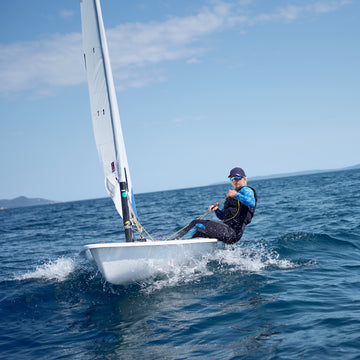
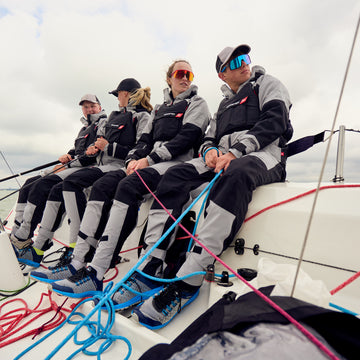
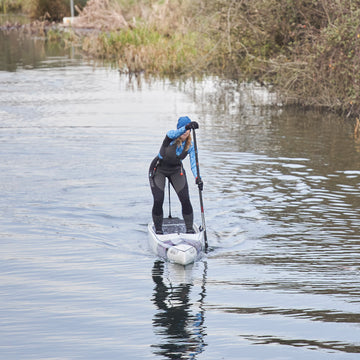
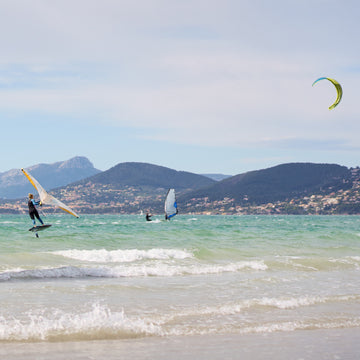

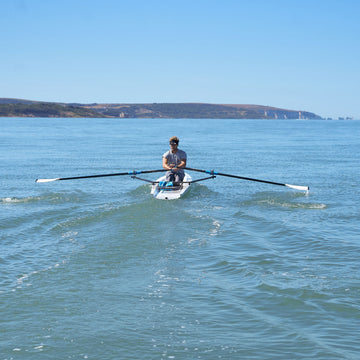
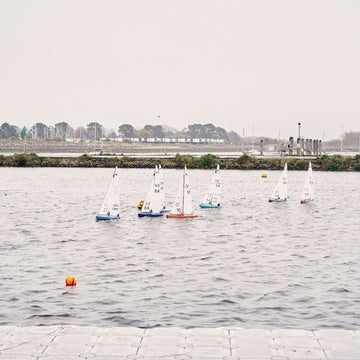
 Select Store
Select Store
 US
US
 UK
UK
